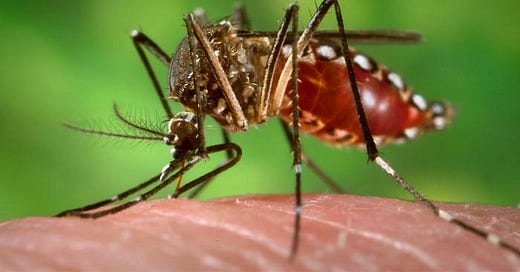The city of Xanxerê in Santa Catarina state, with a population of approximately 50,000, has recorded it’s second death due to the mosquito-borne viral disease, chikungunya.
The first fatality was reported on February 14 and now the second death was reported in a 85-year-old woman with comorbidities.
“Epidemiological surveillance reinforces the importance of care by the entire population, keeping their environments clean and free of stagnant water. In addition, the use of repellent is essential ,” warns health officials.
According to the Ministry of Health, Santa Catarina state has reported 199 cases to date.
Nationwide, Brazil has reported 44,249 probable cases, including 28 deaths and another 48 under investigation.
Chikungunya disease is caused by the chikungunya virus and is spread to humans through mosquito bites. Outbreaks have occurred in countries in Africa, Americas, Asia, Europe, the Caribbean, and Indian and Pacific Oceans.
The chikungunya virus was introduced to the American continent in 2013, when it caused a major epidemic in several countries in Central America and the Caribbean islands.
Most people infected with chikungunya virus develop some symptoms. Symptoms of chikungunya usually begin 3–7 days after a bite by an infected mosquito. The most common symptoms are fever and joint pain. Other symptoms may include headache, muscle pain, joint swelling, or rash. Most people get better within a week; however, some can have severe joint pain for months to years following acute illness.
People at risk for more severe disease include newborns infected around the time of birth, older adults (65 years or older), and people with medical conditions such as high blood pressure, diabetes, or heart disease. Death from chikungunya is rare. There is no specific treatment for chikungunya.





